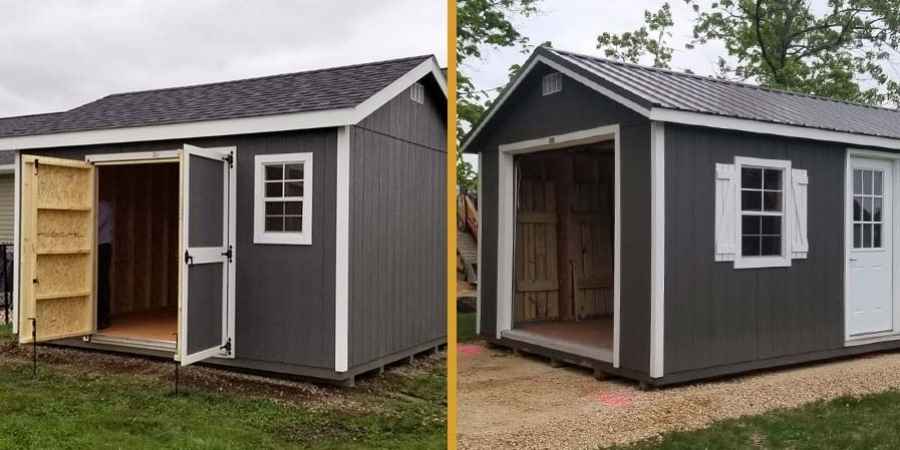Playing the piano is a popular pastime for many people, and it’s a skill that requires a lot of practice and dedication. One of the most challenging aspects of playing the piano is learning to play with both hands. Music lessons are also very imortant task, it can help you to learn in piano play. It can be intimidating to tackle at first, but with the right guidance and approach, anyone can learn how to play piano with both hands.
In this article, we will go over some tips and tricks for playing the piano with both hands, so you can improve your skills and impress your friends and family with your newfound talent.
- Start with Simple Pieces
When you’re first learning to play piano with both hands, it’s important to start with simple pieces that are easy to play. This will help you get used to the coordination required to play with both hands and build up your confidence.
Simple songs like “Twinkle, Twinkle, Little Star” or “Mary Had a Little Lamb” are great starting points. Once you’ve mastered these songs, you can move on to more complicated pieces.
2. Practice One Hand at a Time
If you’re struggling to play with both hands, try practicing one hand at a time. This will help you focus on each hand individually and get used to the different finger positions and movements.
Once you feel comfortable playing each hand separately, try playing them together slowly. Don’t worry if it takes some time to get the coordination right – with practice, you’ll get there.
3. Learn Hand Positions
When playing piano with both hands, it’s important to learn proper hand positions. This will help you play more efficiently and avoid strain or injury.
Your hands should be curved slightly, with your fingers positioned over the keys. Your wrists should be level with the keyboard, and your elbows should be slightly lower than your wrists. Make sure to keep your fingers relaxed and flexible, and don’t tense up or press down too hard on the keys.
4. Practice Regularly
Like any skill, playing piano with both hands requires practice. Try to practice for at least 30 minutes a day, and make sure to focus on both hands equally.
You can also try practicing different exercises and techniques to improve your finger strength and dexterity. Some popular exercises include scales, arpeggios, and finger drills.
5. Use a Metronome
When practicing piano with both hands, it can be helpful to use a metronome. This will help you keep a steady tempo and improve your timing and rhythm.
Start with a slow tempo and gradually increase the speed as you get more comfortable. Make sure to focus on playing both hands evenly and smoothly.
6. Watch Tutorials and Take Lessons
There are plenty of online tutorials and videos that can help you learn how to play piano with both hands. You can also consider taking lessons with a professional piano teacher, who can provide personalized guidance and feedback.
It’s important to find a learning style that works for you, whether it’s self-directed learning or working with a teacher. Everyone learns differently, so don’t be afraid to try different approaches until you find what works best for you.
Conclusion
Learning to play piano with both hands is a challenging but rewarding experience. By starting with simple pieces, practicing regularly, and using proper hand positions, you can improve your skills and take your piano playing to the next level.
Remember to be patient with yourself and take things one step at a time. With practice and dedication, you’ll be playing beautiful music with both hands in no time.




